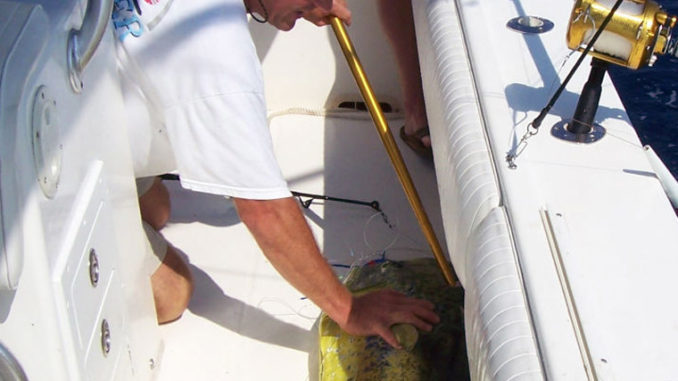
Catching a dolphin and releasing it may sound like sheer lunacy to some bluewater anglers, but there is a sound reason to let a few go each year.
Don Hammond is the founder of Cooperative Science Services, a privately funded, fisheries-research consulting firm. He has been doing research started by the S.C. Department of Natural Resources and South Atlantic Fisheries Management Council, the two groups that collaborated on the Dolphin/Wahoo Management plan that took effect earlier this century.
Hammond’s Dolphinfish Research Program (www.Dolphintagging.com) relies on data collected by anglers, typically on private boats, who request a free tagging kit, insert spaghetti-style tags in the fish and release them in good condition, hopefully to be caught again. When you catch a fish you want to release, the tag card asks for data including the fish’s measurements, a general location in which it was caught and whether or not sargassum weed was present where you caught it. If you catch a tagged dolphin, the study will ask for similar information.
Most of the useful data on dolphin growth rates and movement has come from anglers, who are absolutely the best source of information when it comes to this fishery. Additionally, the top tagging boats always win something from their efforts, such as free tackle.



